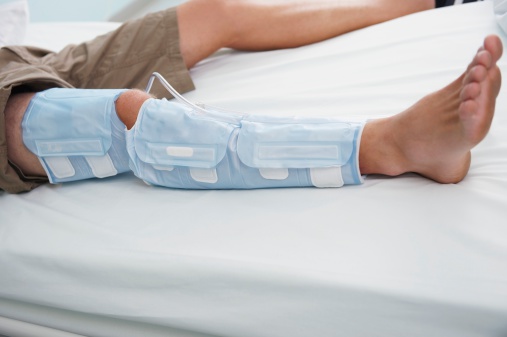Common Lower Limb Injuries from Road Traffic Accidents
No matter how careful you are, or how good a driver, a road traffic accident can happen any time and the average RTA often results in injury to the lower limbs; the pelvis, legs and feet. These injuries are sustained through the collision of a person with the internal parts of the vehicle as a result of the sudden deceleration of speed when the vehicle hits another vehicle or external object. Motorcyclists are particularly vulnerable to lower limb fractures especially when the motorcycle is hit side-on by another vehicle.
Loss of mobility
Statistics have shown that lower limb injuries have become more common as car crashes have become more survivable due to the efficiency of airbags and other vehicle safety features. A good proportion of lower limb injuries occur to the ankles and feet. However, because we’re talking about weight-bearing surfaces and major joints with the legs, hip, knee and ankle fractures or dislocations can be severely disabling and even life-limiting, in that there can be a resulting major loss of or reduction in mobility. At the milder end of the injury spectrum are straightforward simple bone fractures which, in the lower leg is relatively simple to treat by encasing the affected limb in a plaster cast for approximately six weeks and which has no resulting loss of mobility. At the opposite end are the more serious complex fractures which result in open wounds which are vulnerable to infection; or fractures which shatter bones so completely that the affected part has to be surgically reconstructed. Fractures in the thigh or pelvis can sometimes also result in life-threatening torn arteries and serious blood loss.
Recovery and Physiotherapy
In some respects, the time spent in hospital following a road traffic accident can be the ‘easy’ part. Even in the most severe cases a patient will have their broken bones repaired by an orthopaedic surgeon; any damage done to the soft tissues or skin will be rectified as much as possible by the cosmetic and vascular surgeons. But the real hard work comes after discharge from the hospital. A person with lower limb injuries may suffer a range of after-effects – the loss of income through taking time off work, the loss of a social life and depression or psychological trauma.
This is why rehabilitation is very important and regular physiotherapy is one of the many ways in which a patient can be helped back into a full life again.

